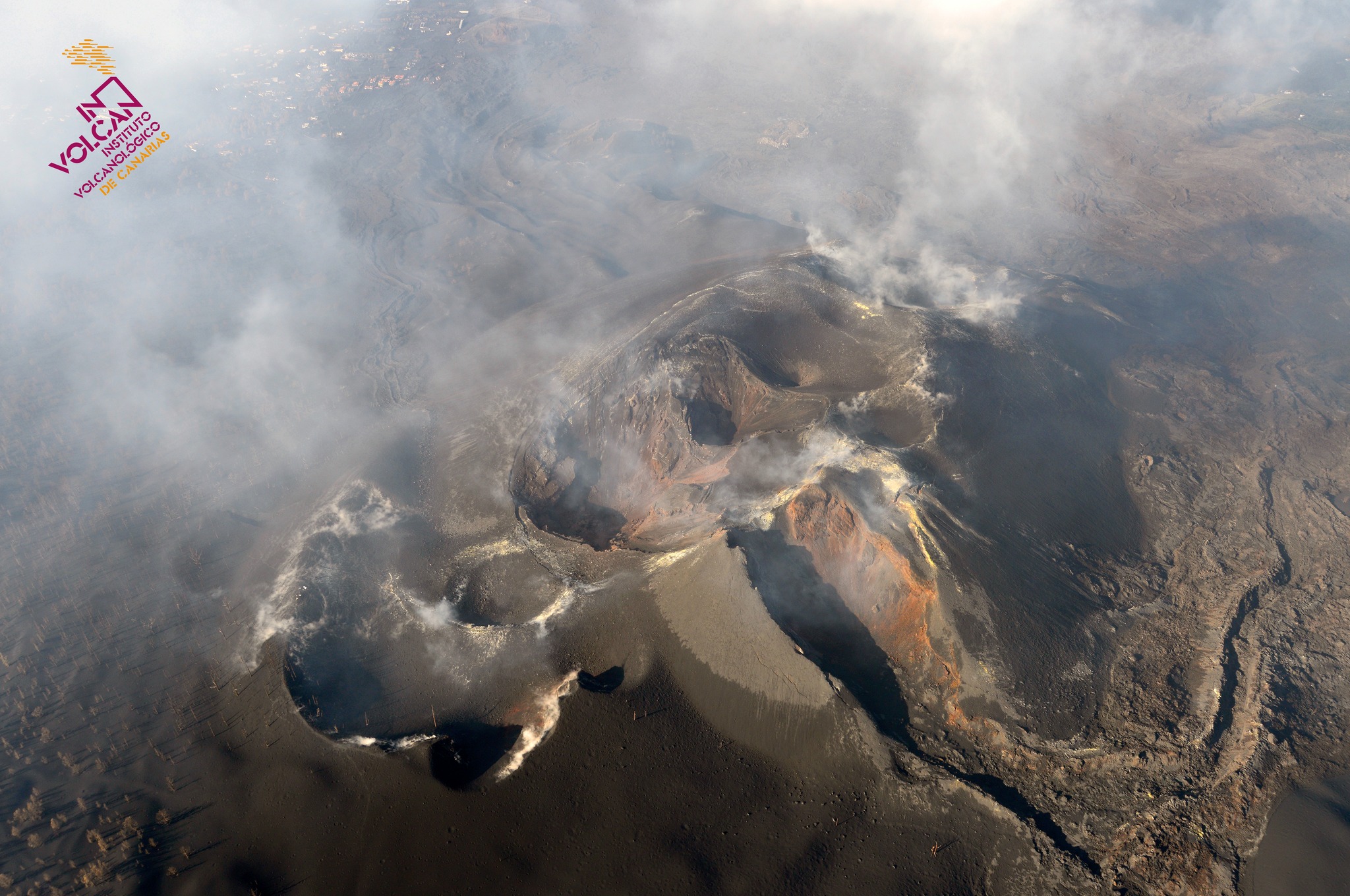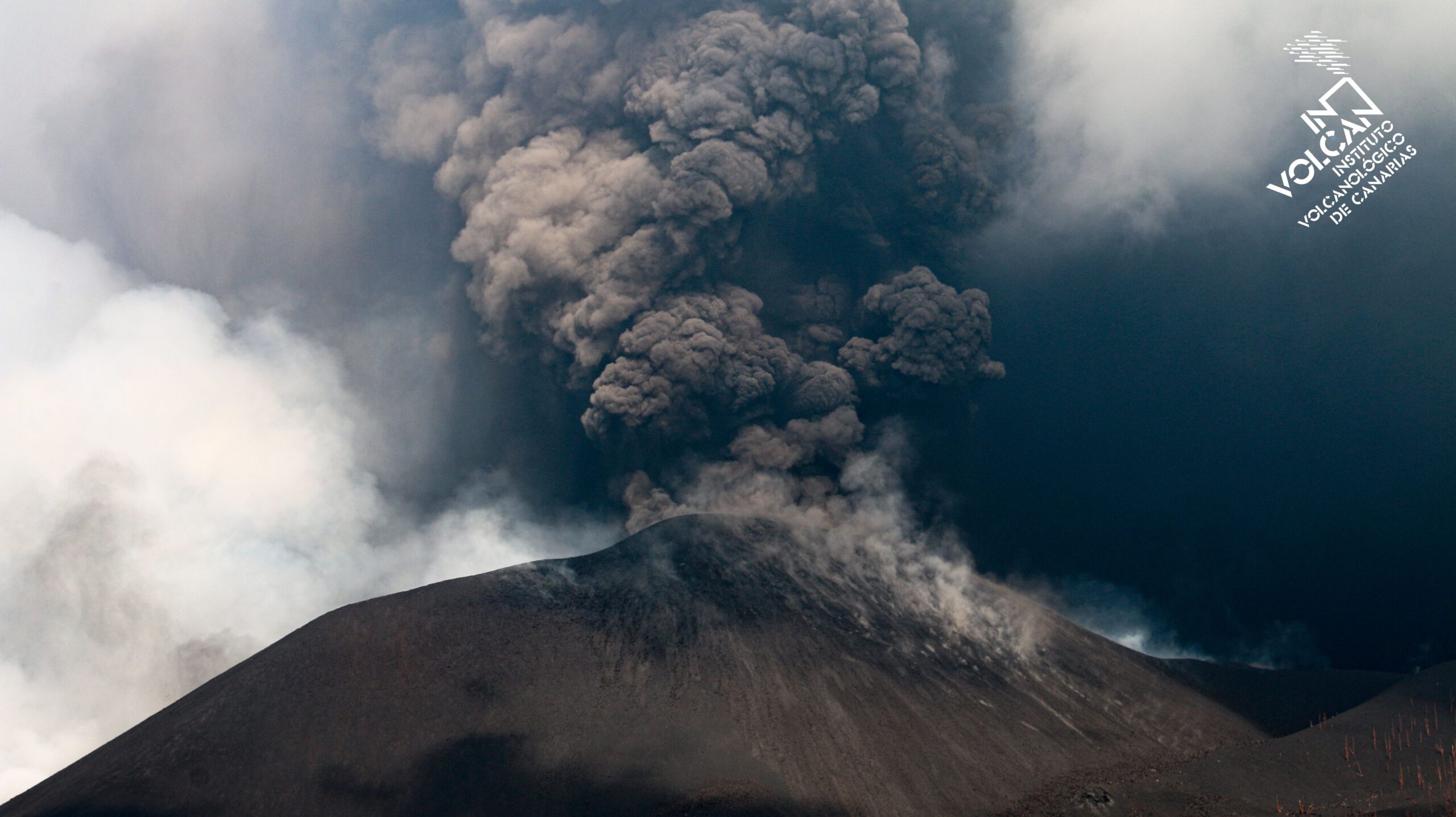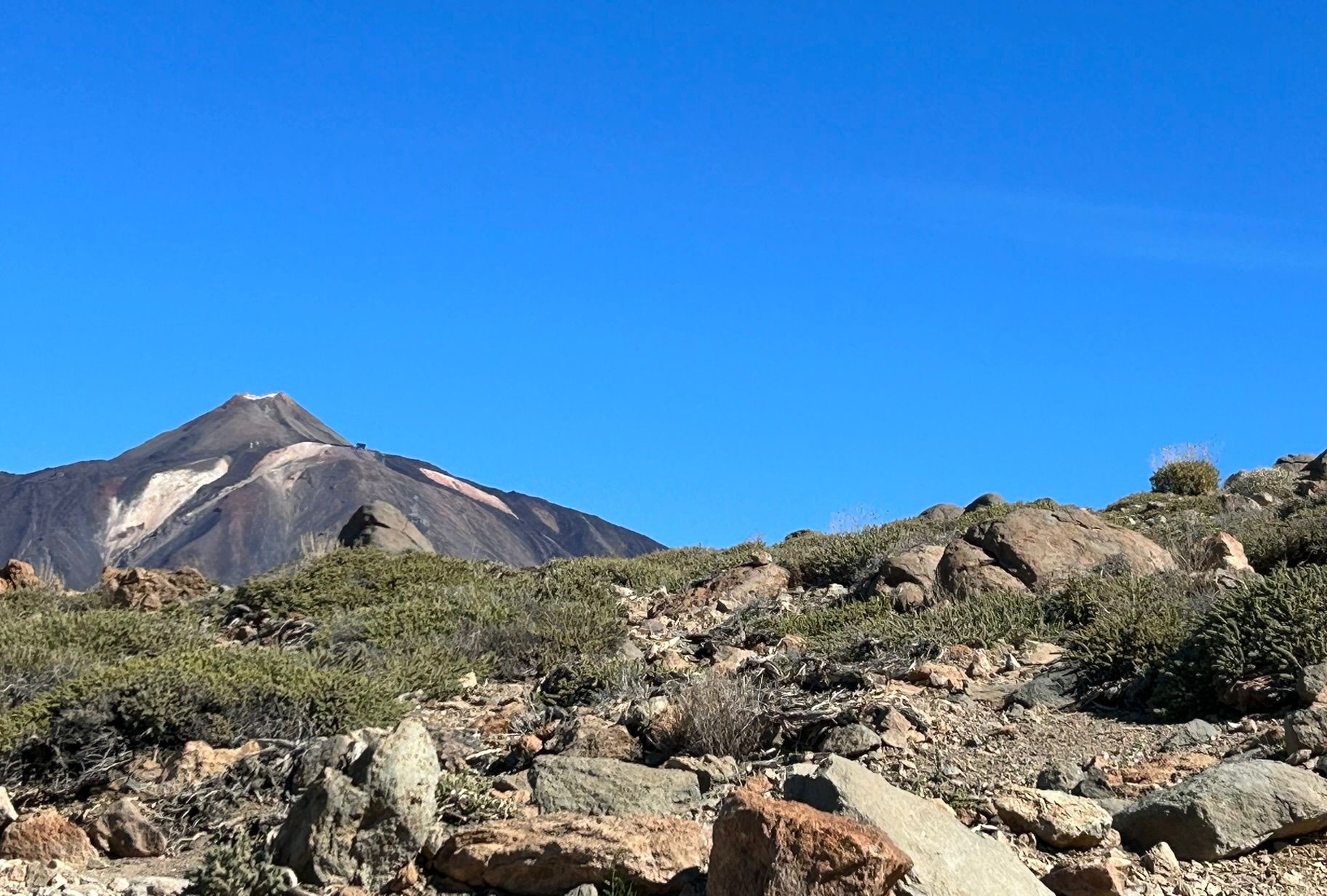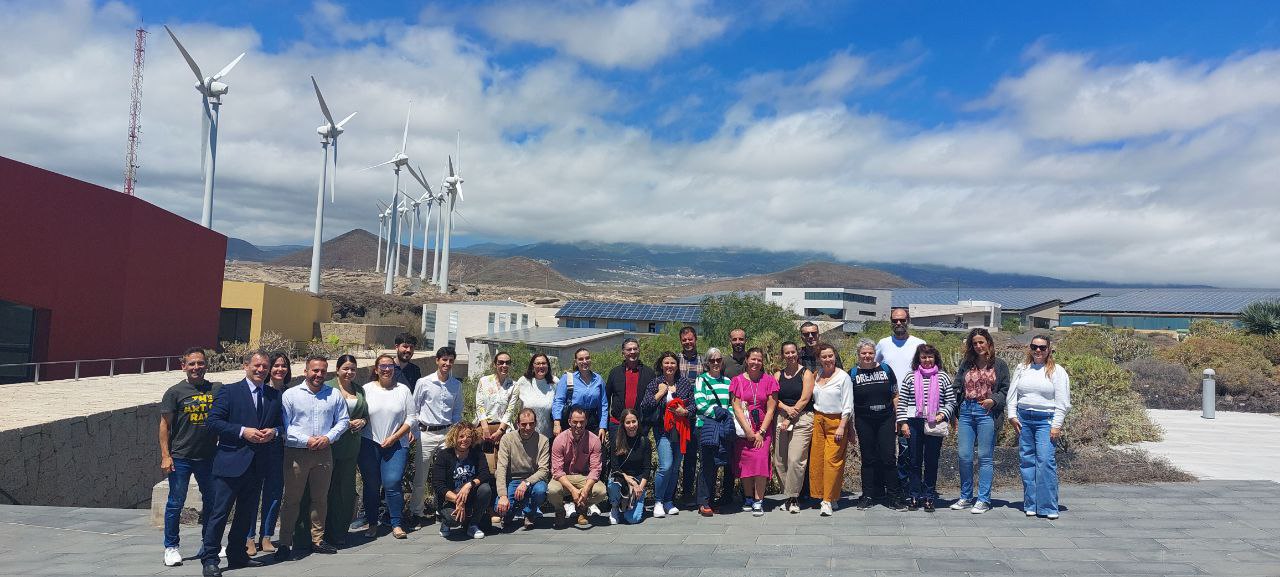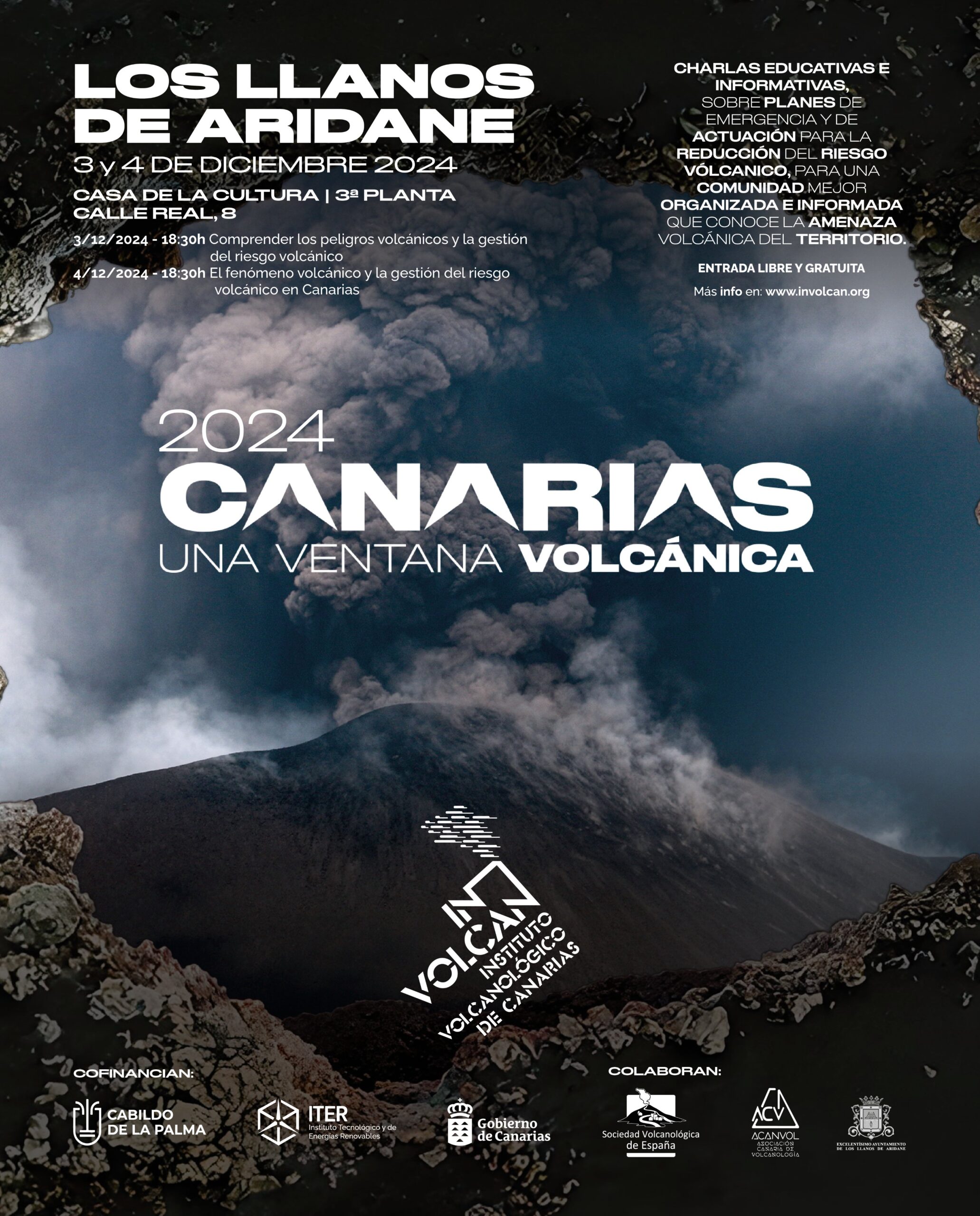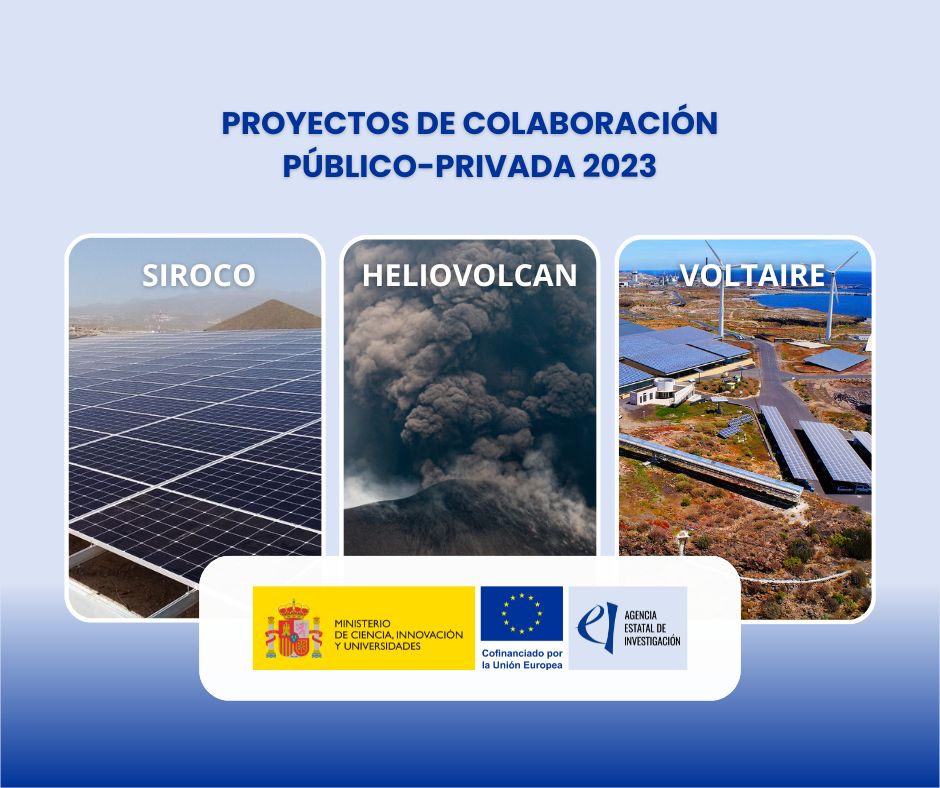A DIGITAL INFRASTRUCTURE FOR VOLCANIC ERUPTION PREDICTION IN THE CANARY ISLANDS
DATA
Acronym: DigiVolCan
Reference: PLEC2022-009271
Partners: Instituto Volcanológico de Canarias (Involcan), Universidad de Granada (UGR), Universidad de La Laguna (ULL), Aragon Photonics Labs, Instituto Tecnológico y de Energías Renovables (ITER).
Duration: 01/12/2022-31/08/2025 (36 months)
Budget: 1,481,854.00 €
Co-Financing: Ministry of Science and Innovation – State Research Agency. Projects in strategic lines 2022. Project PLEC2022-009271 funded by MCIN/AEI /10.13039/501100011033 and by the European Union NextGenerationEU/PRTR

Project overview
The objective of this pilot project is to develop a digital structure for the automation of the analysis of volcanic activity monitoring data from multi-parameter surveillance networks and field work. The project is mainly motivated by the observation of volcanic precursors in the recent Cumbre Vieja eruption, in 2021. This eruption was preceded by only eight days of intense seismicity and elevation. Although the pattern of geophysical precursors was quite clear, the rapid evolution of the phenomenon caught the national and international scientific community by surprise.
The importance of this geological event highlights the need to develop digital structures capable of automatically warning of the likelihood of short-term eruptive events. Today there are several alternatives based on artificial intelligence and probability theory, but practical applications to real-life volcanic monitoring systems are scarce. The DigiVolCan project aims to fill this gap, demonstrating the feasibility of applying these techniques, using a retrospective analysis of the eruptions of Tagoro (El Hierro) in 2011-2012, and Tajogaite (La Palma), in 2021; and developing a digital structure focused on the analysis of real-time volcanic activity monitoring data.
The application of the infrastructure developed in the project will be dedicated to the Canary Islands. This area, where there have been 18 eruptions in the last 500 years, is the only one in Spain with volcanic activity.
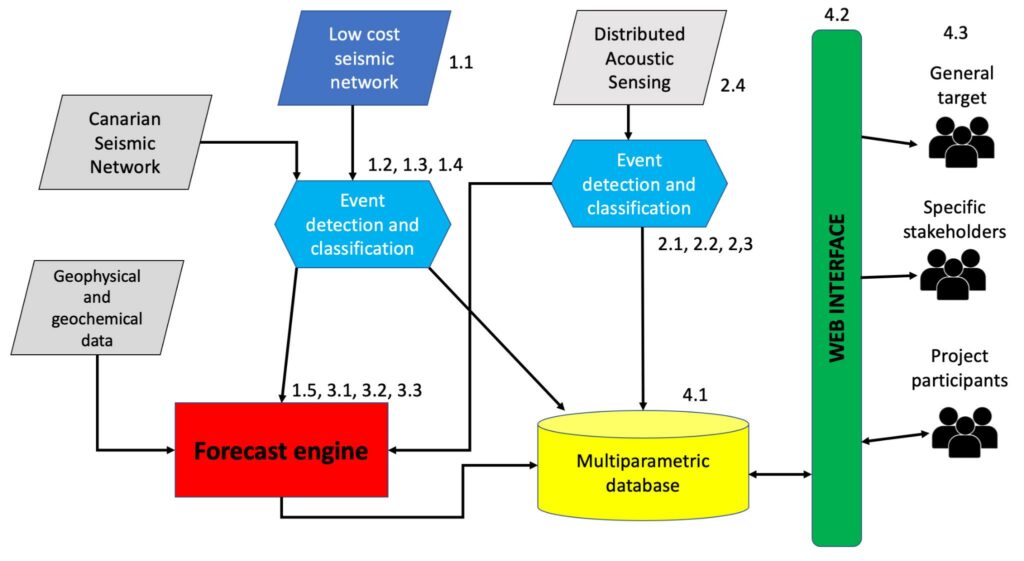
The institution leading this proposal, INVOLCAN, operates a permanent network of seismic, geodesic and geochemical stations that monitor volcanic activity, which will be the main source of data for this project. However, the project also aims to test and apply well-established innovative technologies such as Distributed Acoustic Detection Systems (DAS) to improve the quality of existing volcanic monitoring networks, and contribute significantly to a more accurate quantification of the state of a volcano, and thus to the prediction of an eruption.
The final product of DigiVolCan will be a web interface accessible to the general public, with more functionalities available for project participants and those who are interested. The innovative technologies developed under this project will stimulate the development of similar infrastructures in other contexts related to natural risk management, such as forest fires or hydrological risks.
The DigiVolCan project (PLEC2022-009271), coordinated by Involcan, will last for 36 months and is funded by the Ministry of Science and Innovation and the State Research Agency(10.13039/501100011033) and by the European Union in the framework of the EU Recovery Plan Next Generation EU and the Spanish Recovery, Transformation and Resilience Plan (PRTR).
Links of interest:


